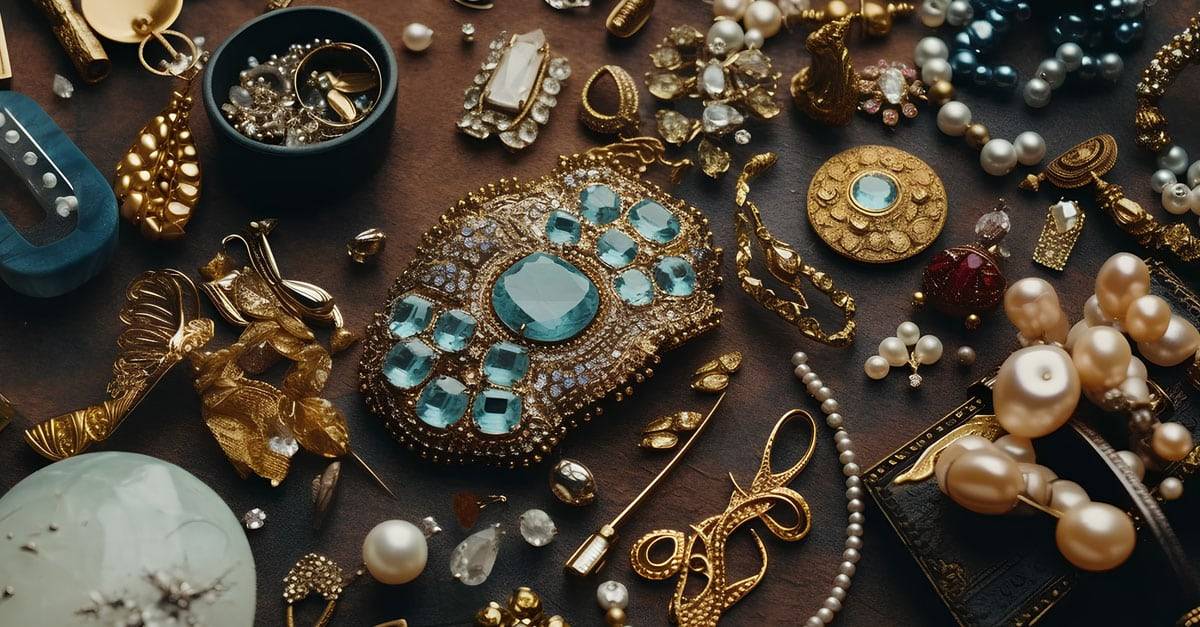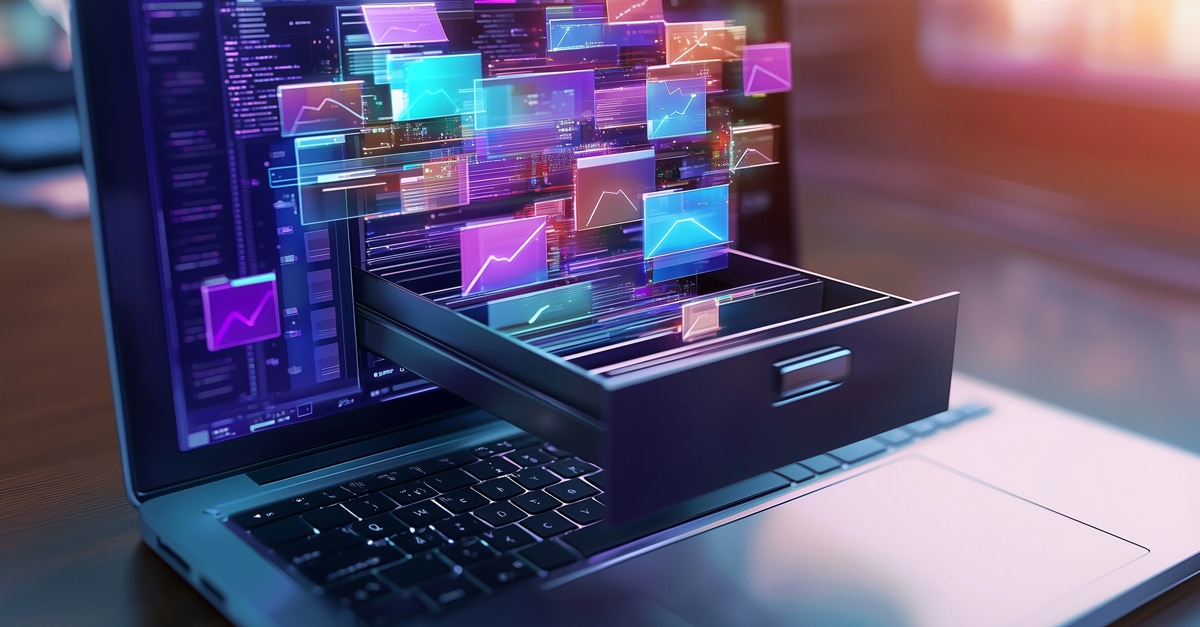There are countless jewellery boxes all over the world. There are boxes with the wedding rings of long-dead grandparents, medallions containing yellowed photos. pocket watches that no one’s been raising for decades. No one knows exactly how many there are; there are no figures on hereditary jewellery. Antique dealers and consultants help find traces of inherited pieces.
Value Is Different Than Price
Art historian Christianne Weber-Stöber runs the Deutsches Goldschmiedehaus (German Goldsmiths’ House) in Hanau and offers jewellery advice together with an expert from Christie’s auction house. Weber-Stöber and her colleague scrutinise the jewellery piece by piece: they look for stamps, assign each piece to an era, examine the precious metal and stones, check for damage, and estimate the value. “Many people want to know what price they could sell their heirloom jewellery for. But very few of them actually do it,” Weber-Stöber tells the German business magazine Capital.
Jewellery is an emotional matter because it can be used to convey messages of love. Weber-Stöber also explains this emotional value by saying that it is worn on the body. “So there is a very close, personal relationship,” she says. Famous people’s jewellery is therefore repeatedly sold for record prices, such as the collection of actress Liz Taylor, whose auction at Christie’s in 2001 fetched almost USD 116 million.
Looking for Markings
Many metals, from silver-plated to sterling silver or palladium, look the same. The most valuable jewellery will have markings on it that identify the type of metal and purity. These markings are usually located on the inside of a ring or bracelet, the post of an earring, or the clasp of a necklace. If the clasp does not have a marking, chances are the piece is costume jewellery, i.e., fashion jewellery often made from base metals such as brass, copper, or aluminium.
Elevate Your Wealth Game: Empowering UHNWIs for Simplified Asset Management. Altoo Platform Preview
The appearance of markings (for silver, gold, or platinum) isn’t always reliable since manufacturers are only required to provide information about the metal content, and that can be done with a tag or a sales receipt after purchase. Many older pieces will be missing the markings as well. Therefore, it is always recommended to take the piece to a jeweller to be tested. Or a certified appraiser will be able to provide the value of the piece as well.
Testing the Metals at Home
Still, there are some physical tests to find out if the jewellery is real or a costume. For example, gold and silver are not magnetic. When a piece is gold-plated, there’s metal underneath. If the magnet sticks by holding it on jewellery, it is an immediate indication of a fake material being used. However, most simulated gold and silver are made of brass, copper, or other base metals commonly known as “pot metal.” These are not attracted to a magnet, so this test won’t work on them.
One of the best-known ways to spot fake jewellery is the skin test. Does wearing the jewellery turn the skin green or cause any kind of irritation? Genuine gold and silver will not react with the skin, so any problems will give away a fake piece.
Placing a few drops of white vinegar on the metal jewellery is another home method. If the drops change the colour of the metal, then it is not pure gold. If the colour stays the same, then it is pure gold. The presence of green specks on the piece indicates corrosion of the copper or brass underlying base metal; the item is not gold.
The Most Exciting Art
Of course, the work of experts is different. The 43-year-old antique jewellery dealer from Berlin-Kreuzberg, Simon Hofer, for example, does primary source research. A jeweller’s magazine from the 19th century, historical fashion magazines, trade journals for goldsmiths, and photos provide clues as to how, when, and by whom certain jewellery was worn. Hofer studied jewellery for a long time in order to be able to read it. “Of all the art genres, jewellery is the most exciting for me because it conveys meaning in the smallest of spaces,” he tells German business magazine Capital. What people associate with jewellery is as individual as the pieces of jewellery themselves.













